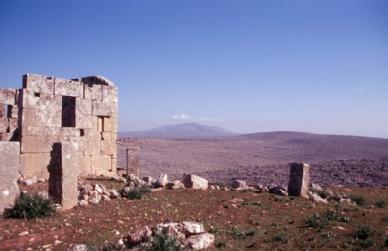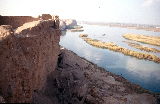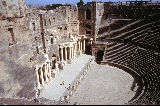Organization
There is one two-hour weekly lecture, Mondays (time and place TBA) and two seminars each in the autumn and spring terms.
The lectures will introduce students to key historical and thematic topics, as well as a number of sites in focus. Lectures will also explore a range of primary sources, providing guidance in assessing their relative strengths and weaknesses as historical evidence, and will highlight some of the main areas of scholarly debate. Seminars will take the form of debates, presentations, or group discussions. These sessions are an opportunity for students to develop and articulate their ideas about the primary source material and the secondary literature, as well as responding to the views of your peers.
Term 1 begins with a chronological survey of developments, including Roman relations with two powerful eastern states, those of the Parthians and their successors, the Sasanians, and emphasises the growing importance of the region in Roman strategies. It then moves on to examine the political makeup of the region: the major kingdoms and their dynasts; administrative processes and infrastructures; and the progress and function of urbanism across the region. We then survey the evidence for trade across land and sea; and explore the economic function of temples. The term concludes with the ways in which Roman rule impacted on local landscapes, including both land use and water management and with rural life in general: what distinguished a city from a village? What was the relationship between ‘nomads’ and villagers? We look at some remote areas of Syria where ancient landscapes and villages have survived almost intact.
Term 2 deals more exclusively with archaeological evidence and material culture. First, we turn to social matters: urban society and the question of identities in the Roman Near East. We consider the roles that architectural and artistic styles and the various media used (stone sculpture, mosaic, painting) had to play in the formation of identities. Next, we move to religion, another important signifier of identity. How did Near Eastern communities characterise their gods and develop their sacred spaces, and how did these compare to Graeco-Roman norms? How did Christianity change the sacred topography of Near Eastern cities in late antiquity?
Term 3 is devoted to revision and reflection, including a final session on the role of the army. Did it contribute to ‘Romanization’? Was it effective in defending the provinces, or were armies stationed in the east mainly for other reasons?



